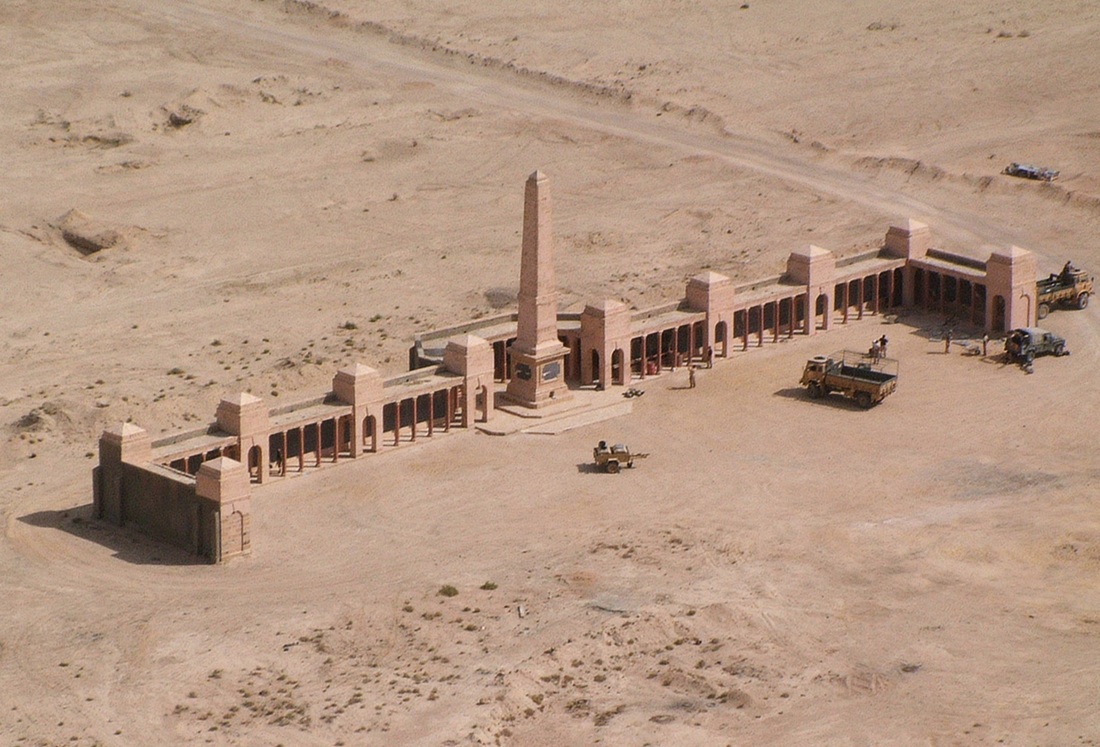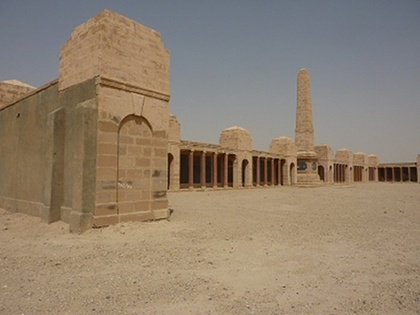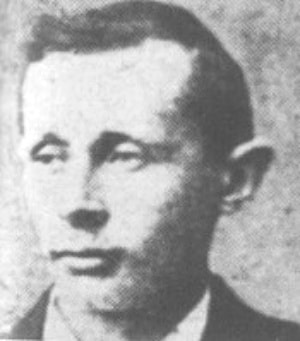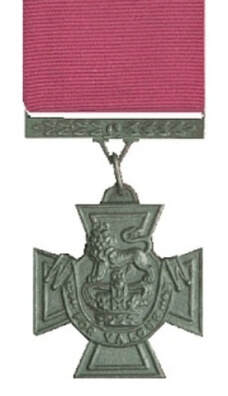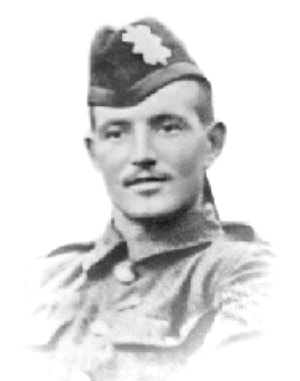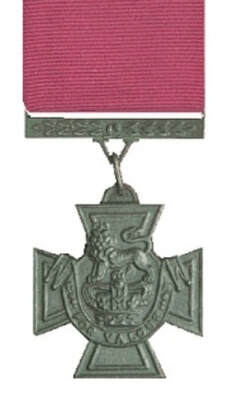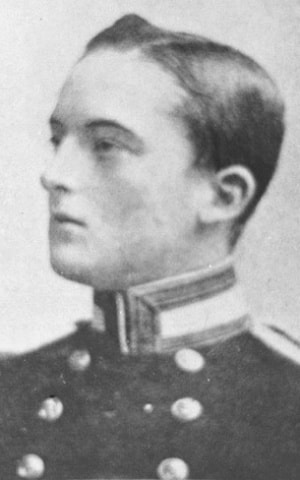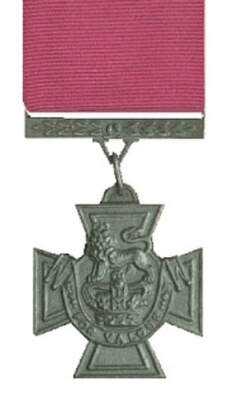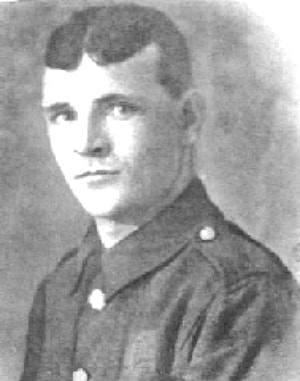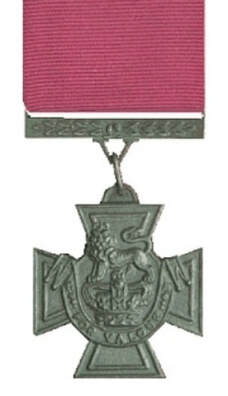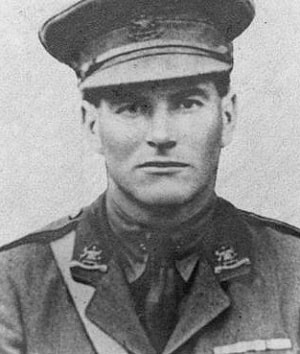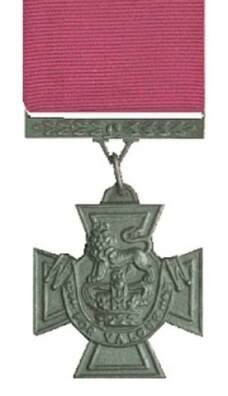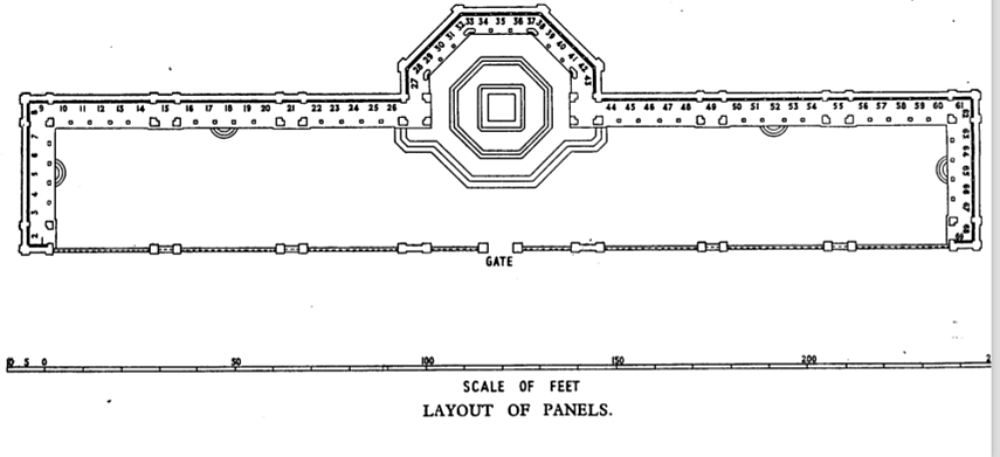BASRA MEMORIAL
Nasiriyah
Iraq
GPS Coordinates Latitude: 30.41163 Longitude: 47.54582
Roll of Honour
Listed by Surname
Location Information
Until 1997 the Basra Memorial was located on the main quay of the naval dockyard at Maqil, on the west bank of the Shatt-al-Arab, about 8 kilometres north of Basra.
Because of the sensitivity of the site, the Memorial was moved by presidential decree. The move, carried out by the authorities in Iraq, involved a considerable amount of manpower, transport costs and sheer engineering on their part, and the Memorial has been re-erected in its entirety.
The Basra Memorial is now located 32 kilometres along the road to Nasiriyah, in the middle of what was a major battleground during the first Gulf War.
Casualties are listed under the regiment they served with in rank order. The Panel Numbers quoted refer to the initial panel dedicated to the Regiment. If a further panel is quoted, this refers to the Prisoners of War panels.
Visiting Information
NOTE: Whilst the current climate of political instability persists it is extremely challenging for the Commission to manage or maintain its cemeteries and memorials located within Iraq. Alternative arrangements for commemoration have therefore been implemented and a two volume Roll of Honour listing all casualties buried and commemorated in Iraq has been produced. These volumes are on display at the Commission's Head Office in Maidenhead and are available for the public to view.
The Commission continues to monitor the situation in Iraq and once the political climate has improved to an acceptable level the Commission will commence a major rehabilitation project for its cemeteries and commemorations.
Before considering a visit to Iraq the Commission strongly recommends that you check the advice given by the Foreign & Commonwealth Office on the travel section of their website.
Historical Information
The Basra Memorial commemorates 40,640 members of the Commonwealth forces who died in the operations in Mesopotamia from the Autumn of 1914 to the end of August 1921 and whose graves are not known. The memorial was designed by Edward Warren and unveiled by Sir Gilbert Clayton on the 27th March 1929.
Commemorated: India 33,256, United Kingdom 7,336, Australia 11, Canada 1, New Zealand 1. Total 40,605.
Until 1997 the Basra Memorial was located on the main quay of the naval dockyard at Maqil, on the west bank of the Shatt-al-Arab, about 8 kilometres north of Basra.
Because of the sensitivity of the site, the Memorial was moved by presidential decree. The move, carried out by the authorities in Iraq, involved a considerable amount of manpower, transport costs and sheer engineering on their part, and the Memorial has been re-erected in its entirety.
The Basra Memorial is now located 32 kilometres along the road to Nasiriyah, in the middle of what was a major battleground during the first Gulf War.
Casualties are listed under the regiment they served with in rank order. The Panel Numbers quoted refer to the initial panel dedicated to the Regiment. If a further panel is quoted, this refers to the Prisoners of War panels.
Visiting Information
NOTE: Whilst the current climate of political instability persists it is extremely challenging for the Commission to manage or maintain its cemeteries and memorials located within Iraq. Alternative arrangements for commemoration have therefore been implemented and a two volume Roll of Honour listing all casualties buried and commemorated in Iraq has been produced. These volumes are on display at the Commission's Head Office in Maidenhead and are available for the public to view.
The Commission continues to monitor the situation in Iraq and once the political climate has improved to an acceptable level the Commission will commence a major rehabilitation project for its cemeteries and commemorations.
Before considering a visit to Iraq the Commission strongly recommends that you check the advice given by the Foreign & Commonwealth Office on the travel section of their website.
Historical Information
The Basra Memorial commemorates 40,640 members of the Commonwealth forces who died in the operations in Mesopotamia from the Autumn of 1914 to the end of August 1921 and whose graves are not known. The memorial was designed by Edward Warren and unveiled by Sir Gilbert Clayton on the 27th March 1929.
Commemorated: India 33,256, United Kingdom 7,336, Australia 11, Canada 1, New Zealand 1. Total 40,605.
The picture (used with the permission of the Commonwealth War Graves Commission) is of Basra War Memorial. The memorial was damaged during the Iraq war and will be repaired by the commission once the current climate of political instability improves.
Lieutenant-Commander Charles Henry Cowley, V. C.
S. S. Julnar, Royal Naval Volunteer Reserve
24th April 1916, aged 44.
Panel 1.
Son of Mrs. Cowley, of Kiddary St., Ashan, Basra.
Citation:
An extract from "The London Gazette," dated, 2nd Feb., 1917, records the following:- "The General Officer Commanding, Indian Expeditionary Force "D", reported on this attempt in the following words:- " At 8 p.m. on April 24th, 1916, with a crew from the Royal Navy under Lieut. Firman, R.N., assisted by Lieut. Comdr. Cowley, R.N.V.R., the " Julnar ", carrying 270 tons of supplies, left Falahiyah in an attempt to reach Kut. Her departure was covered by all artillery and machine gun fire that could be brought to bear, in the hope of distracting the enemy's attention. She was, however, discovered and shelled on her passage up the river. At 1 a.m. on the 25th, Gen. Townshend reported that she had not arrived, and that at midnight a burst of heavy firing had been heard at Magasis, some 9 miles from Kut by river, which had suddenly ceased. There could be but little doubt that the enterprise had failed, and the next day the Air Service reported the " Julnar " in the hands of the Turks at Magasis. The leaders of this brave attempt, Lieut. H.O.B. Firman, R.N., and his assistant, Lieut. Comdr. C.H. Cowley, R.N.V.R. - the latter of whom throughout the campaign in Mesopotamia performed magnificent service in command of the "Mejidieh", - have been reported by the Turks to have been killed; the remainder of the gallant crew, including five wounded, are prisoners of war. Knowing well the chances against them, all the gallant officers and men who manned the 'Julnar' for the occasion were volunteers. I trust that the services in this connection of Lieut. H.O.B. Firman, R.N., and Lieut. Comdr. C.H. Cowley, R.N.V.R., his assistant, both of whom were unfortunately killed, may be recognised by the posthumous grant of some suitable honour." The account of the award is preceded by the following paragraph:- "The King has been graciously pleased to approve of the posthumous grant of the Victoria Cross to the undermentioned officers in recognition of their conspicuous gallantry in an attempt to re-provision the force besieged in Kut-el-Amara."
1780 Serjeant
David Finlay, V. C.
2nd Bn. Black Watch (Royal Highlanders)
21st January 1916, aged 23.
Panels 25 and 63.
Husband of Mrs. F. Finlay (now Mrs. Wilson), of The Anchorage, St. Abb's, Coldingham, Berwickshire.
Citation:
An extract from the "London Gazette", dated 29th June, 1915, records the following:-"For most conspicuous bravery and devotion to duty on 9th May, 1915, near Rue du Bois, when he led a bombing party of twelve men with the greatest gallantry in the attack until ten of them had fallen. Lance-Corporal Finlay then ordered the two survivors to crawl back, and he himself went to the assistance of a wounded man and carried him over a distance of 100 yards of fire-swept ground into cover, quite regardless of his own personal safety."
Lieutenant Humphrey Osbaldston Brooke Firman, V. C. (Mentioned in Despatches)
S. S. Julnar, Royal Navy
24th April 1916, aged 29.
Panel 1 and 60.
Son of Mr. H. B. Firman, J.P., of Gateforth Lodge, Coombe Hill, New Malden, Surrey.
Citation:
An extract from "The London Gazette", dated 2nd Feb., 1917, records the following:- "The General Officer Commanding, Indian Expeditionary Force "D", reported on this attempt in the following words:- " At 8 p.m. on April 24th, 1916, with a crew from the Royal Navy under Lieut. Firman, R.N., assisted by Lieut. Comdr. Cowley, R.N.V.R., the " Julnar ", carrying 270 tons of supplies, left Falahiyah in an attempt to reach Kut. Her departure was covered by all artillery and machine gun fire that could be brought to bear, in the hope of distracting the enemy's attention. She was, however, discovered and shelled on her passage up the river. At 1 a.m. on the 25th, Gen. Townshend reported that she had not arrived, and that at midnight a burst of heavy firing had been heard at Magasis, some 9 miles from Kut by river, which had suddenly ceased. There could be but little doubt that the entrprise had failed, and the next day the Air Service reported the " Julnar " in the hands of the Turks at Magasis. The leaders of this brave attempt, Lieut. H.O.B. Firman, R.N., and his assistant, Lieut. Comdr. C.H. Cowley, R.N.V.R. - the latter of whom throughout the campaign in Mesopotamia performed magnificient service in command of the "Mejidieh", - have been reported by the Turks to have been killed; the remainder of the gallant crew, including five wounded, are prisoners of war. Knowing well the chances against them, all the gallant officers and men who manned the 'Julnar' for the occasion were volunteers. I trust that the services in this connection of Lieut. H.O.B. Firman, R.N., and Lieut. Comdr. C.H. Cowley, R.N.V.R., his assistant, both of whom were unfortunately killed, may be recognised by the posthumous grant of some suitable honour." The account of the award is preceded by the following paragraph:- "The King has been graciously pleased to approve of the posthumous grant of the Victoria Cross to the undermentioned officers in recognition of their conspicuous gallantry in an attempt to re-provision the force besieged in Kut-el-Amara."
11220 Private James Henry Fynn, V. C. (Mentioned in Despatches)
4th Bn. South Wales Borderers
died 30th March 1917, aged 23.
Panels 16 and 62.
Son of Mr. J. Fynn, of 19, Downing St., Bodmin, Cornwall.
Citation:
An extract from "The London Gazette", dated, 26th Sept., 1916, records the following;-"For most conspicuous bravery. After a night attack he was one of a small party which dug in in front of our advanced line and about 300 yards from the enemy's trenches. Seeing several wounded men lying out in front he went out and bandaged them all under heavy fire, making several journeys in order to do so. He then went back to our advanced trench for a stretcher and, being unable to get one, he himself carried on his back a badly wounded man into safety. He then returned and, aided by another man who was wounded during the act, carried in another badly wounded man. He was under continuous fire while performing this gallant work."
Captain George Stuart Henderson, V. C., D. S. O. and Bar, M. C. (Mentioned in Despatches five times)
2nd Bn. Manchester Regiment
died 24th July 1920, aged 26.
Panels 31 and 64.
Son of Robert and Mary Henderson, of Mount Hooly, Jedburgh, Roxburghshire.
Citation:
An extract from "The London Gazette", dated 29th Oct., 1920, records the following:-"For most conspicuous bravery and self-sacrifice. On the evening of the 24th July, 1920, when about fifteen miles from Hillah (Mesopotamia), the Company under his command was ordered to retire. After proceeding about 500 yards a large party of Arabs suddenly opened fire from the flank, causing the Company to split up and waver. Regardless of all danger, Capt. Henderson at once reorganised the Company, led them gallantly to the attack and drove off the enemy. On two further occasions this officer led his men to charge the Arabs with the bayonet and forced them to retire. At one time, when the situation was extremely critical and the troops and transport were getting out of hand, Capt. Henderson by sheer pluck and coolness, steadied his command, prevented the Company from being cut up, and saved the situation. During the second charge he fell wounded, but refused to leave his command, and just as the Company reached the trench they were making for he was again wounded. Realising that he could do no more, he asked one of his N.C.O s to hold him up on the embankment, saying ' I'm done now, don't let them beat you'. He died fighting."
Shot at Dawn
10912 Private Robert Burton, 6th Bn. South Lancashire Regiment, executed for sleeping at his post 19th February 1917, aged 24. Panel 23.
10555 Private Thomas Downing, 6th Bn. South Lancashire Regiment, executed for sleeping at his post 19th February 1917, aged 22. Panel 23. Son of Mrs. Susan Downing, of 43, Wilton Road, Widnes.
They were posted together as sentries in a forward post for a 2-hour duty in the early morning of 6 Feb 1917, but were found asleep, sitting down leaning against the parados, with their rifles nearby — & had to be kicked awake. Evidence was given that neither had previously reported sick, & neither had been on fatigues since noon the day before.
At trial on Feb 7, Downing said that he had been very tired that morning, while Burton said that he had recently been much troubled with indigestion & head-pains: ‘I wanted to stick the thing out & so have not reported sick. I have been feeling very tired & run down recently’.
Each were given excellent characters, neither having given any trouble. Though the Brigade commander recommended commutation of the death sentences, neither the Corps commander nor the C-in-C could see any extenuating circumstances. (Corns, pp.137-138)
S/13248 Private George Cutmore, 2nd Bn. Black Watch, (Royal Highlanders), executed for desertion 25th July 1917. Panels 25 and 63. Son of Mrs. A.F. Cutmore, of Chapel Farm, Colt, Eltham.
He enlisted in April 1915, & had been in trouble ever since: many, mostly minor offences, but including a 9-day absence in the UK.
On 3 Feb 1917, when serving in Mesopotamia, he went missing, attended hospital briefly, but remaining absent for 4 months.
At trial, Cutmore explained that he had won a large sum of money playing cards, & had spent his time since hospital at a rest camp — presumably enjoying his winnings — not apparently coming to anyone’s notice, or reporting to anyone, but not returning to his battalion.
After conviction, the Corps commander recommended commutation, while the Army commander considered that since ‘the Black Watch has gained for itself such a brilliant record in this campaign’, it appeared ‘particularly desirable that such an unworthy member of the Regiment be removed from its ranks’. (Corns, pp. 286-287)
10764 Private Richard M. Jones, 6th Bn. South Lancashire Regiment, executed for desertion 21st February 1917, aged 40. Panel 23. Husband of Alice Jones, of 78, Oxford Street, Widnes, Lancs.
He enlisted in Aug 1914. On 21 Jan 1917, when serving in Mesopotamia, he went missing, though his rifle & equipment were found. In the course of the same day, he seems to have complained of sore feet & of dysentery, but no signs of either were found & he was returned under RAMC escort to the transport lines of his battalion the next morning.
After parading without his rifle & equipment, Jones was further detained pending investigation, but escaped — only to be picked up when trying to obtain a rail warrant.
At trial, Jones was unrepresented & did not challenge or deny the evidence, merely saying that he had reported sick with sore feet & had been feeling poorly for several days.
Upon conviction, his conduct sheet revealed 6 episodes of absence during the previous year. His CO, speaking from personal knowledge of Jones since his enlistment, said that he had given continual trouble, & was ‘the most useless soldier I have ever come across’. No extenuating circumstances were found thereafter. His execution on 21 Feb 1917 came only 2 days after Privates Burton & Downing of the same battalion had been shot for sleeping on sentry. (Corns, pp.284-286)
10912 Private Robert Burton, 6th Bn. South Lancashire Regiment, executed for sleeping at his post 19th February 1917, aged 24. Panel 23.
10555 Private Thomas Downing, 6th Bn. South Lancashire Regiment, executed for sleeping at his post 19th February 1917, aged 22. Panel 23. Son of Mrs. Susan Downing, of 43, Wilton Road, Widnes.
They were posted together as sentries in a forward post for a 2-hour duty in the early morning of 6 Feb 1917, but were found asleep, sitting down leaning against the parados, with their rifles nearby — & had to be kicked awake. Evidence was given that neither had previously reported sick, & neither had been on fatigues since noon the day before.
At trial on Feb 7, Downing said that he had been very tired that morning, while Burton said that he had recently been much troubled with indigestion & head-pains: ‘I wanted to stick the thing out & so have not reported sick. I have been feeling very tired & run down recently’.
Each were given excellent characters, neither having given any trouble. Though the Brigade commander recommended commutation of the death sentences, neither the Corps commander nor the C-in-C could see any extenuating circumstances. (Corns, pp.137-138)
S/13248 Private George Cutmore, 2nd Bn. Black Watch, (Royal Highlanders), executed for desertion 25th July 1917. Panels 25 and 63. Son of Mrs. A.F. Cutmore, of Chapel Farm, Colt, Eltham.
He enlisted in April 1915, & had been in trouble ever since: many, mostly minor offences, but including a 9-day absence in the UK.
On 3 Feb 1917, when serving in Mesopotamia, he went missing, attended hospital briefly, but remaining absent for 4 months.
At trial, Cutmore explained that he had won a large sum of money playing cards, & had spent his time since hospital at a rest camp — presumably enjoying his winnings — not apparently coming to anyone’s notice, or reporting to anyone, but not returning to his battalion.
After conviction, the Corps commander recommended commutation, while the Army commander considered that since ‘the Black Watch has gained for itself such a brilliant record in this campaign’, it appeared ‘particularly desirable that such an unworthy member of the Regiment be removed from its ranks’. (Corns, pp. 286-287)
10764 Private Richard M. Jones, 6th Bn. South Lancashire Regiment, executed for desertion 21st February 1917, aged 40. Panel 23. Husband of Alice Jones, of 78, Oxford Street, Widnes, Lancs.
He enlisted in Aug 1914. On 21 Jan 1917, when serving in Mesopotamia, he went missing, though his rifle & equipment were found. In the course of the same day, he seems to have complained of sore feet & of dysentery, but no signs of either were found & he was returned under RAMC escort to the transport lines of his battalion the next morning.
After parading without his rifle & equipment, Jones was further detained pending investigation, but escaped — only to be picked up when trying to obtain a rail warrant.
At trial, Jones was unrepresented & did not challenge or deny the evidence, merely saying that he had reported sick with sore feet & had been feeling poorly for several days.
Upon conviction, his conduct sheet revealed 6 episodes of absence during the previous year. His CO, speaking from personal knowledge of Jones since his enlistment, said that he had given continual trouble, & was ‘the most useless soldier I have ever come across’. No extenuating circumstances were found thereafter. His execution on 21 Feb 1917 came only 2 days after Privates Burton & Downing of the same battalion had been shot for sleeping on sentry. (Corns, pp.284-286)

